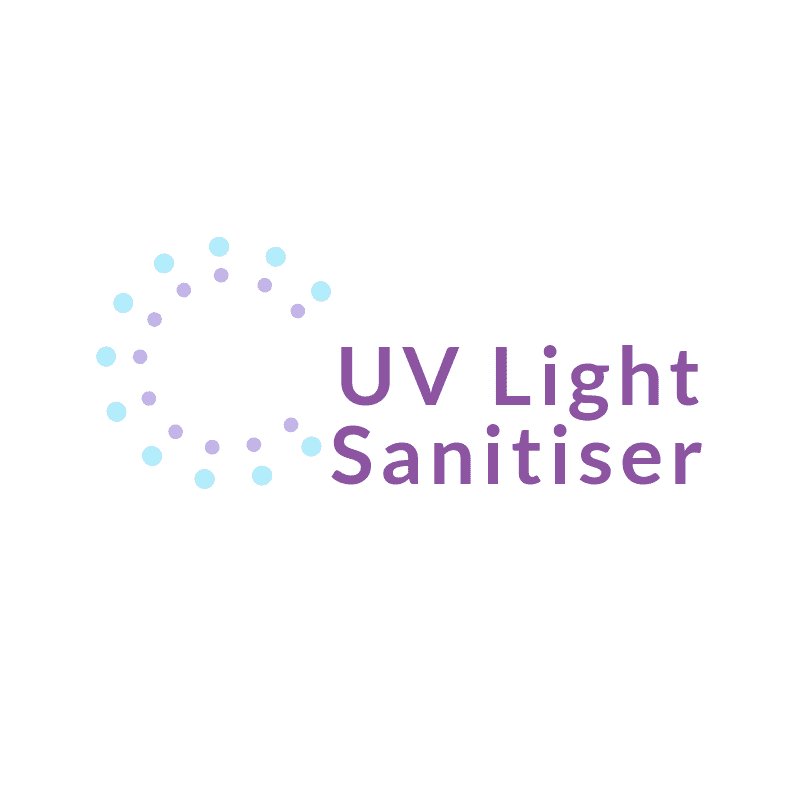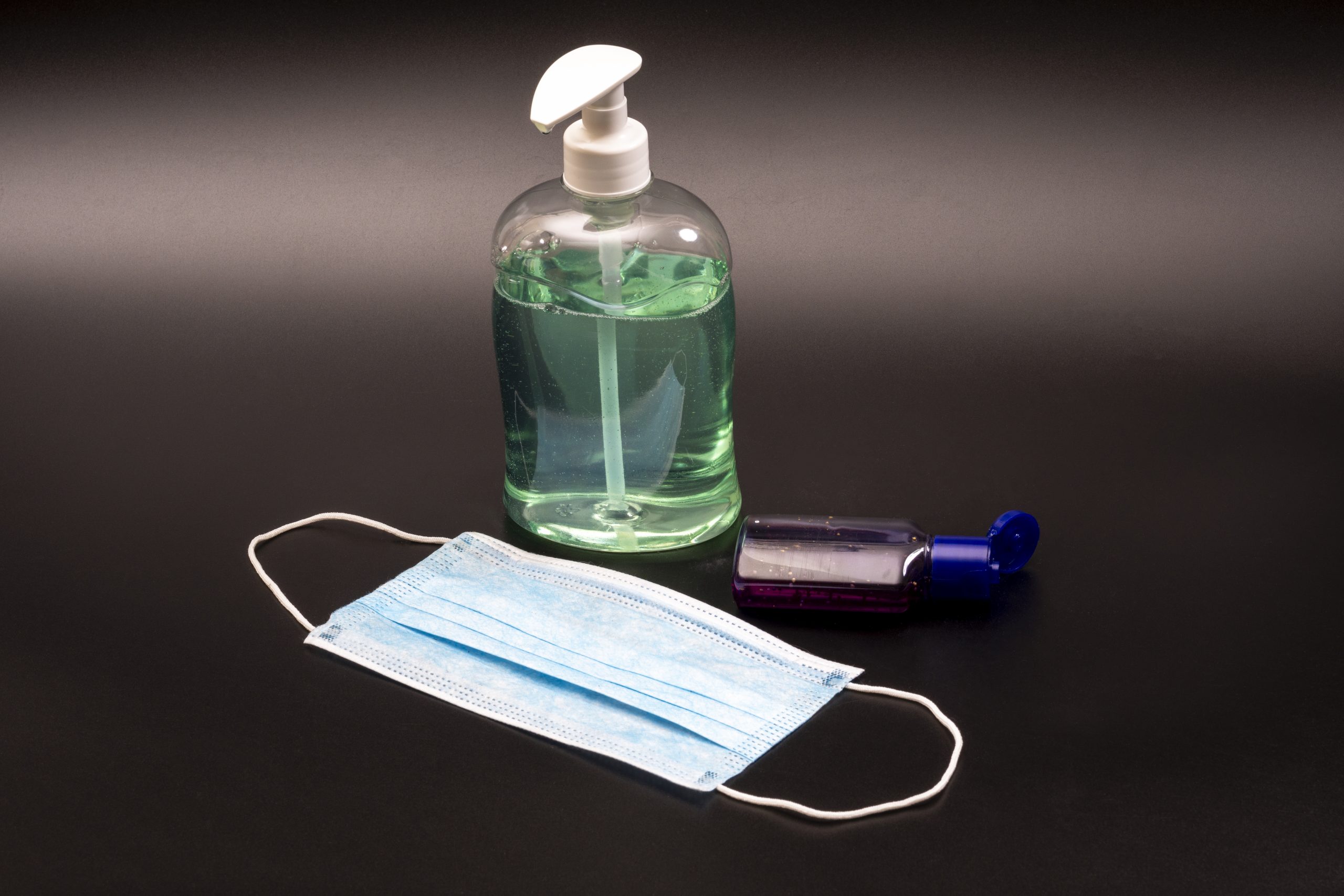Ultraviolet (UV) radiation associated with COVID-19 has gained widespread attention due to its ability to kill pathogens. This raises the question of does UV light kill germs, as viruses and bacteria.
As we fight new coronaviruses, the eradication of bacteria is currently a top priority. As we intend to restore the economy in the future, sterilization measures will continue to exist. But not all types of ultraviolet light are created equal.
Before investing in UV products, it is more important than ever to understand the options and differences between products. Many new options have appeared on the market. How can you decipher them and find what you really need?
UV Rays and Sanitation
Since the middle of the 20th century, the use of UV disinfection lamps has become a common practice. The 1903 Nobel Peace Prize was awarded to Niels Finsen because he used ultraviolet light to fight tuberculosis. Today, hospitals and laboratories use ultraviolet light to maintain a sterile environment. Since mobile phones are generally stored in dark and warm places such as pockets or wallets, they are ideal for breeding bacteria as well as disinfection with UV light.
Electromagnetic spectrum between X-rays and visible light. The sun emits ultraviolet rays. However, most of them are absorbed by the Earth’s ozone layer.
Ultraviolet rays are part of the electromagnetic spectrum and are invisible to the human eye.
A unique feature of ultraviolet light is that wavelengths of 200 to 300 nanometers (one billionth of a meter) in a specific wavelength range are classified as fungicides, meaning they can inactivate microorganisms such as bacteria, viruses and protozoa. This feature has made ultraviolet radiation widely used as an ecological, chemical and highly effective way to disinfect and protect water from harmful microorganisms.
How does UV kill germs?
Understanding how ultraviolet rays kill bacteria and viruses requires a basic understanding of their structure. DNA and RNA
Compose all living organisms, control their growth, development, functioning and reproduction. The DNA strand consists of deoxyribose (sugar), phosphate and
Nucleotide bases. There are four chemical forms of these bases: adenine, cytosine, guanine, and thymine.
DNA and RNA are models for cell development. The DNA code is transcribed into RNA (ribonucleic acid)
Bring information or instructions and monitor protein synthesis. Some viruses inherit RNA
DNA is the most sensitive target for organisms. The 200nm radiation is ribose and phosphoric acid, and the maximum absorption of nucleotide bases is 265 nm. UV rays really do change
The genetic material of the microorganisms. The ability of electromagnetic energy to destroy microorganisms. And they multiply, causing photochemical reactions in nucleic acids. UV energy is activated
A specific thymine or cytosine dimer in DNA and a uracil dimer in RNA, which leads to microbial inactivation. It causes mutations and / or cell death and inability to multiply. UV-B and UV-A light can cause oxidation of proteins and lipids, leaing to cell death.
It has also been shown to inhibit photoreactivation, a process that can lead to self-healing of damaged microorganisms. Also, when a pulsed ultraviolet system is used to distribute ultraviolet light, ultraviolet light can cause the cell wall to rupture.
Consequently, a pulsed ultraviolet system not only combines a bactericidal effect that provides deadly ultraviolet light. In terms of speed and intensity of photon transmission, the radiation dose also includes thermal decomposition.
How Does UV Light Kill Germs & Bacteria?
Scientists envision a wide range of real-world applications, including hand disinfection in schools, kitchen facilities, and public baths.
The idea of using ultraviolet light to destroy microorganisms is not new. In 1877, when a couple of British researchers discovered that dipping test tubes filled with bacteria in the sun to kill microorganisms, the “natural disinfectant” of the bactericidal properties of sunlight was established. Starting in the 1930s, a Harvard healthcare engineer demonstrated that ultraviolet light installed near the ceiling of public classrooms can significantly reduce the incidence of measles among students.
Ultraviolet rays are disinfected by violating the genetic code of microorganisms, so pathogenic microorganisms cannot multiply and infect people.
Since the late 1940s, with the advent of antibiotics, ultraviolet radiation lagged behind in the fight against infection, until decades later, with the emergence of drug-resistant “superbugs”.
This is what makes Professor Brenner personify: He conducted a study in the ultraviolet range after the loss of a friend’s infection.
Unlike chemical water disinfection methods, UV radiation can quickly and effectively inactivate microorganisms through physical processes. When bacteria, viruses, and protozoa are exposed to UV sterilization wavelengths, they cannot multiply and infect. Ultraviolet rays have been shown to be resistant to pathogens, including those that cause cholera, polio, typhoid, hepatitis, and other bacteria, viruses, and parasitic diseases. Additionally, ultraviolet radiation (used alone or in combination with hydrogen peroxide) can destroy chemical contaminants, such as pesticides, industrial solvents, and pharmaceuticals, through a process called ultraviolet oxidation.
UV light effects
A large number of scientific studies have shown that ultraviolet radiation can inactivate a large number of pathogenic bacteria, viruses, and protozoa. Compared to chlorine-based disinfection, ultraviolet radiation has a key advantage, as it can inactivate the simplest critical cryptosporidia and Giardia, most dangerous to public health. Using chlorine-sterilized wastewater treatment plants to discharge these harmful microorganisms into host lakes and rivers increases the likelihood of contamination in communities that depend on these bodies of water as sources of drinking water and recreational use. Drinking water treatment plants benefit from the use of UV light because it can easily inactivate chlorine-resistant pathogens (protozoa). This also reduces the amount of chlorine used and the formation of by-products.
Ultraviolet rays can effectively disinfect chlorine-resistant protozoa, bacteria, and viruses.
If the ultraviolet radiation dose is too small, the photochemical damage caused by ultraviolet light can be repaired by photoactivation or restoration of dark light. However, studies have shown that when the dose exceeds 12 mJ / cm2, the probability of photoactivation is very small or non-existent. In fact, some organisms, such as Cryptosporidium, have been shown to show no signs of recovery in light or dark conditions when irradiated with ultraviolet light up to 3mJ / cm2 under low or medium pressure lamps. The UV system design must have a sufficient dose of UV radiation to ensure that cell damage cannot be repaired. The size of the system should be based on biometric verification (field tests) to ensure adequate disinfection.
Far-UVC
Far ultraviolet light is a small part of ultraviolet light, especially between 207 and 222 nm.
This is what sets an ultraviolet lamp apart: I think it is safe for us. This particular range of light has a very narrow passband and cannot penetrate the outer layer of the skin, but is also effective for viruses.
The Society of Lighting recently released a UV sterilization report and found that results from far ultraviolet rays may depend on the glass shell or the outer shell of the product. For security reasons, it is important to choose products from reputable and reliable manufacturers. Because people think these wavelengths are safe for humans, UV products can continue to fight bacteria in space. Manufacturers like Healthé are developing lighting solutions that can be switched on more often than in empty rooms.

